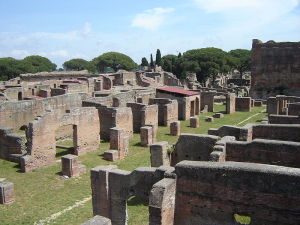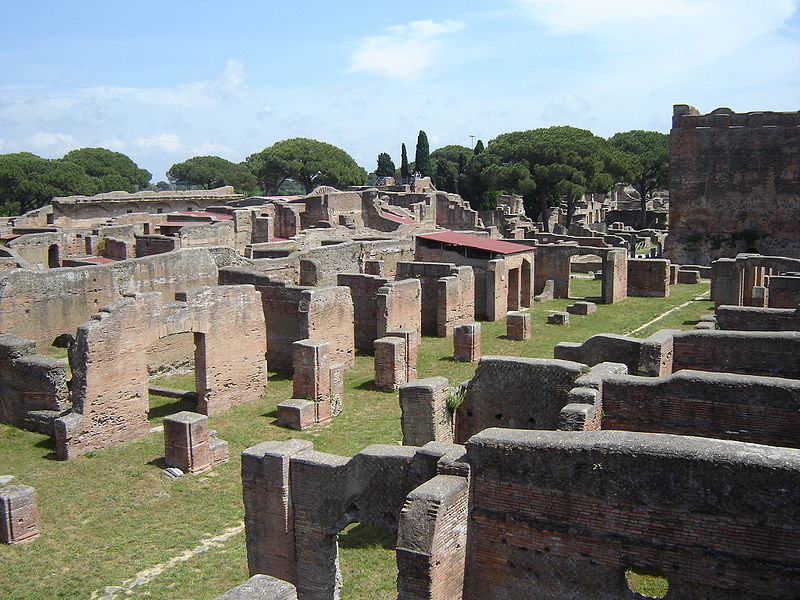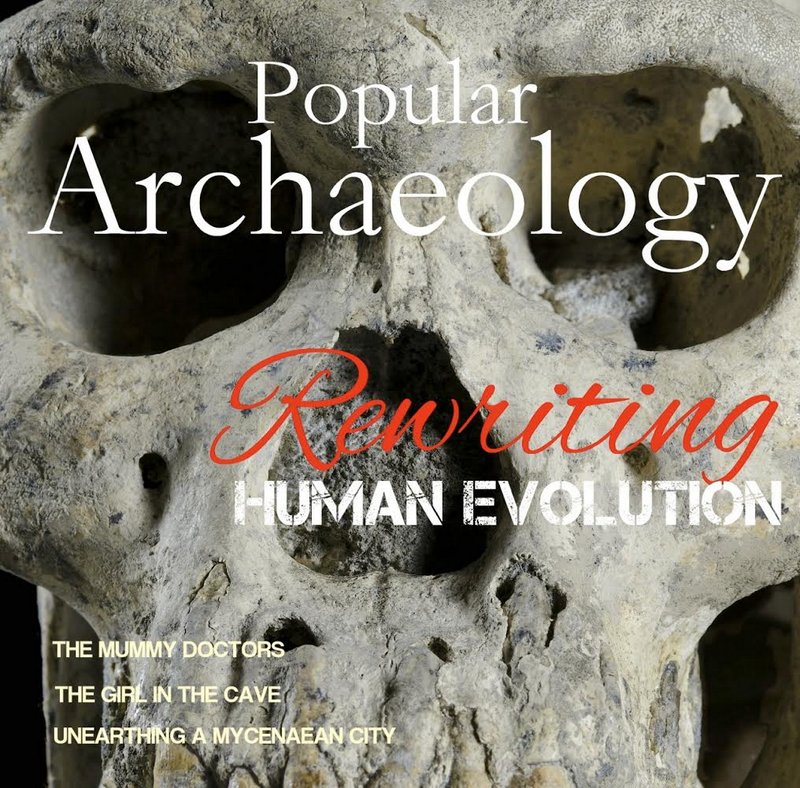
Ostia Antica, the famous Roman port that served the city of Rome from the days of the Republic through Imperial times, is noted for its remarkably preserved ancient buildings, frescoes and mosaics. Located near Rome, its ruins lie near the modern suburb of Ostia, a popular destination for tourists and teams of excavating archaeologists for years. During its heyday it skirted the banks of the Tiber river, but silting over centuries of time has placed the site 3 kilometres (2 miles) from the sea. Many of its ancient structures, however, remain extraordinarily intact, almost as if to imply that nothing has changed.
In 2015, a team of archaeologists and students will once again return to the site under the direction of Dr. Darius Arya and Dr. Michele Raddi of the American Institute of Roman Culture. They will be focusing their efforts on two areas in the Parco dei Ravennati, a public park area near the main archaeological site of Ostia and the famous Medieval borgo Renaissance castle built by Pope Julius II. The first area, designated ‘Area A’, contains an Imperial Roman structure built using the opus mixtum construction technique and redecorated in Late Antiquity with frescoes and an opus sectile floor in one room, which was later divided into a series of smaller rooms during the Medieval period. Next to this is a 15th century vaulted structure that was partially investigated in the late 1960s, thought to be associated with the construction of the borgo castle. The second area, designated ‘Area B’, features part of a Roman road next to a circular Late Republican period mausoleum, excavated in previous years. Arya, et al., believe this part of the road was “likely the last major phase of the Via Ostiensis dating to the early Middle Ages”.*
____________________________________
 Ostia Antica, for obvious reasons as depicted above, is among the most visited archaeological sites in Italy, with visual reminders of places like Pompeii. Wikimedia Commons
Ostia Antica, for obvious reasons as depicted above, is among the most visited archaeological sites in Italy, with visual reminders of places like Pompeii. Wikimedia Commons
____________________________________
The upcoming excavations come on the heals of some remarkable finds by the team in recent years. “We’ve had amazing finds over the past two years at Parco dei Ravennati,” Arya told ANSA, the Italian news wire service, in an interview last July. “This year, we’ve uncovered more than a dozen early Christian-era tombs arranged close to a central tomb. Our working hypothesis is that the set up of the surrounding tombs suggests the person buried here was of great importance, such as Saint Monica or Saint Aurea, whose church is nearby.” Excavators also uncovered a number of fragmentary funerary inscriptions and a possible tabella defixionum, a lead tablet inscribed with a curse to protect the dead from tomb raiders. In 2013, the team uncovered an opus sectile (an inlaid, colored marble pavement). The 2014 excavations continued the work on the pavement, revealing a detailed geometric motif.
Darya and colleagues are currently calling for individuals who would be interested in participating in the excavations during the 2015 summer season. For more information about the Ostia Antica excavations and how to participate, see the website for details.
_______________________________________________
*http://romanculture.org/programs/current-field-school-excavation/
_______________________________________________
Just released!
The special new premium quality print edition of Popular Archaeology Magazine. A beautiful volume for the coffee table.
Travel and learn with Far Horizons.
Read about the most fascinating discoveries with a premium subscription to Popular Archaeology Magazine. Find out what Popular Archaeology Magazine is all about. AND MORE:
On the go? Get the smartphone version of Popular Archaeology as an app or as an ebook.
Popular Archaeology’s annual Discovery Edition eBook is a selection of the best stories published in Popular Archaeology Magazine in past issues, with an emphasis on some of the most significant, groundbreaking, or fascinating discoveries in the fields of archaeology and paleoanthropology and related fields. At least some of the articles have been updated or revised specifically for the Discovery edition. We can confidently say that there is no other single issue of an archaeology-related magazine, paper print or online, that contains as much major feature article content as this one. The latest issue, volume 2, has just been released. Go to the Discovery edition page for more information.








